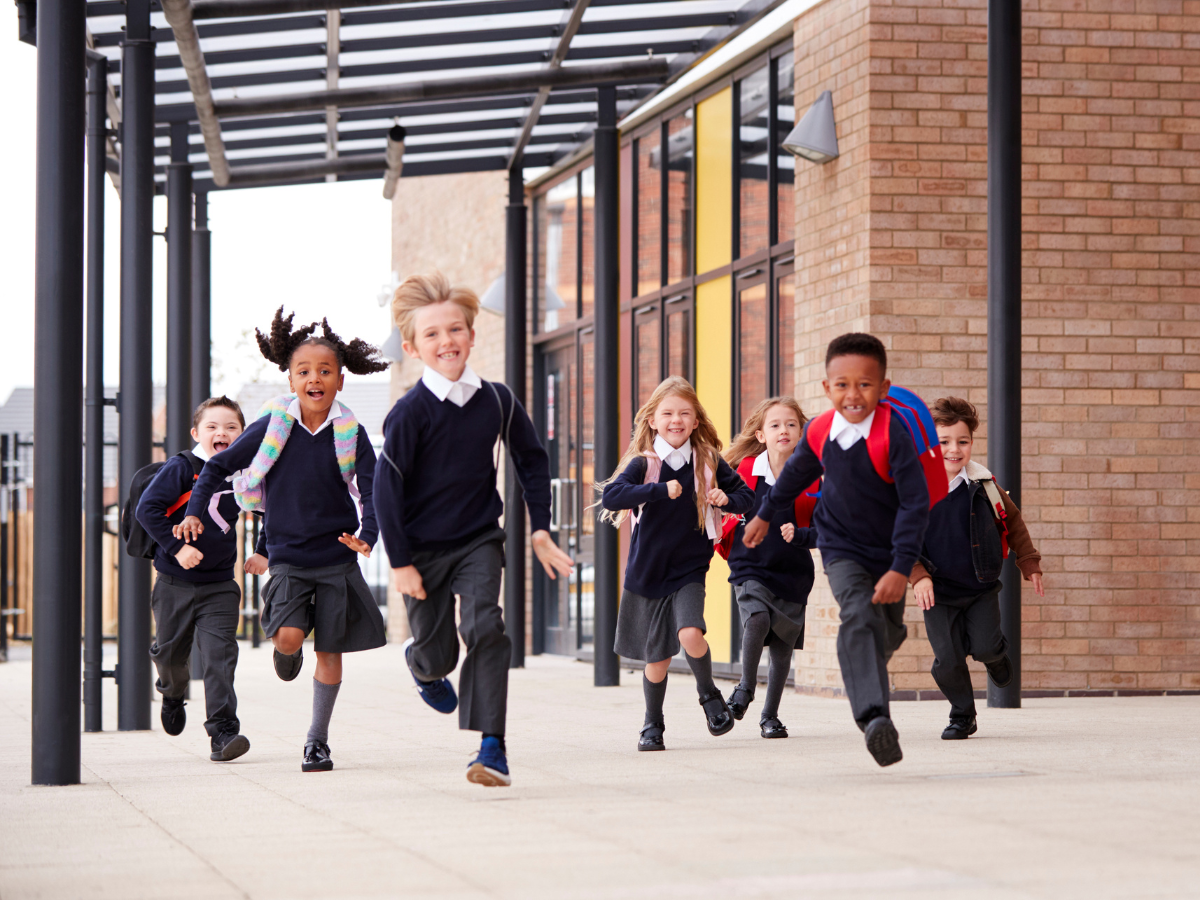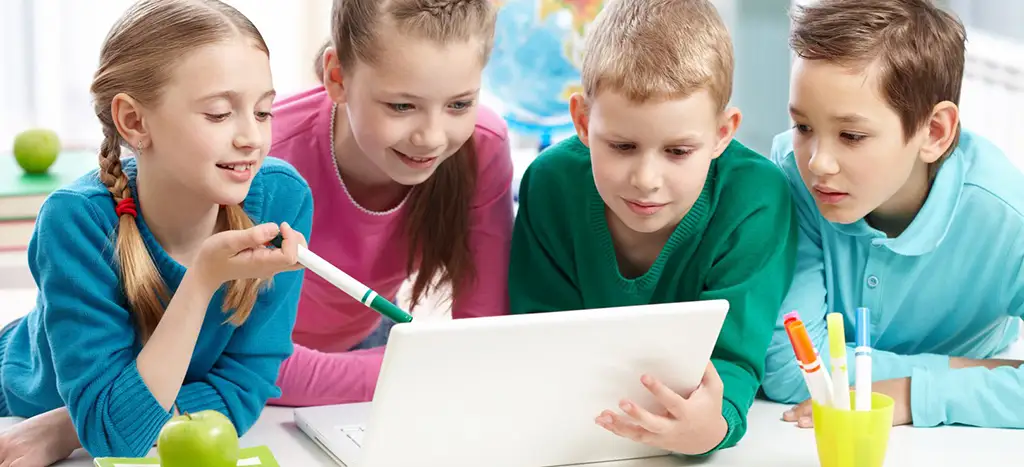
Diverse Representation in Children's Literature
November 3, 2023 | 2years | Giglets News
Children's literature has the incredible power to shape young minds and hearts. Through captivating stories and relatable characters, it fosters a love for reading and plays a vital role in a child's social and emotional development. One crucial aspect of children's literature is diverse representation. Diverse characters and stories in children's literature can help children develop empathy and gain a broader perspective on the world.
Reflecting the Real World
Children's literature should reflect the rich tapestry of our society. By including characters of various backgrounds, ethnicities, cultures, abilities, and gender identities, authors and illustrators create a literary landscape that mirrors the diversity children encounter in their everyday lives. When children see themselves or their peers represented in books, they feel validated and recognised, leading to a stronger sense of self-worth, and belonging.
Breaking Stereotypes
Including a variety of characters and themes in children's literature helps break down harmful stereotypes. It challenges preconceived notions and allows children to see that people are more than just the labels society may place on them. When children read about characters who defy stereotypes, they learn to appreciate the uniqueness of each individual and are less likely to make snap judgments based on appearance or background.
Building Empathy
Empathy - the ability to understand and share the feelings of others - is a crucial life skill. Diverse literature provides children with windows into the lives and experiences of people who are different from them. When children read about characters facing challenges, discrimination, or adversity, they develop a deeper understanding of what it's like to walk in someone else's shoes. This empathy extends beyond the pages of a book and can lead to kinder and more compassionate behaviour in real-life interactions.
Encouraging Cultural Awareness
Children's literature can serve as a bridge to different cultures and traditions. It introduces young readers to customs, languages, and perspectives they may not encounter in their immediate surroundings. Exposure to diverse cultures through literature promotes cultural awareness and fosters an appreciation for the richness of our global community. It can also inspire curiosity and a desire to learn more about the world.
Broadening Horizons
Diverse representation in children's literature helps children develop a broader perspective on the world. By reading about characters from diverse backgrounds, children gain insights into different ways of life, beliefs, and values. This exposure expands their worldview and encourages open-mindedness, tolerance, and an appreciation for the beauty of human diversity.
Fostering Inclusivity
When children encounter diversity in literature, they become advocates for inclusivity. They learn to celebrate differences and actively seek out books that offer varied perspectives. This inclusive mindset can extend into other areas of their lives, making them more inclusive friends, classmates, and community members.
Diverse representation in children's literature is not just a trend but a necessity. It has the power to shape the next generation into more empathetic, open-minded, and inclusive individuals. By reflecting the real world, breaking stereotypes, building empathy, encouraging cultural awareness, broadening horizons, and fostering inclusivity, diverse children's literature equips children with the tools they need to navigate an increasingly diverse and interconnected world. As parents, educators, and readers, we must champion and support diverse literature to ensure that all children have the opportunity to see themselves and others in the stories they read.
Introducing Giglets: An inclusive platform at your fingertips
Giglets Education understands the importance of diversity within literature. Children who can relate to what they are reading are far more likely to engage with the text in front of them. Within the Giglets platform, readers will discover an abundance of themes and topics from various cultures and countries. Many of these are original stories from other countries and cultures including Iran, Portugal and Bangladesh, among many others. Texts are also available in over 38 languages, across more than 1,500 engaging texts meaning regardless of nationality, language or beliefs, there really is something for everyone.
'The Beauty of Difference' is one such text which tells the story of a young girl who moves from Tehran to London for a safer life, only to feel like an outsider when she arrives. The main character is wearing a chador in the illustrations, and native dishes such as loobia polo with saffron, or crispy tah‐deeg are also mentioned. By including features such as these within the text, children who are familiar with these items feel seen, while children who are not aware of what they are can be introduced to them in a positive way.
In addition to cultural diversity, many of the texts have diverse family units such as children who live with their grandparents, and children who have two parents of the same gender.
'The Best Present Ever' is a text about a little boy who receives something exciting in the post. While the theme of the book does not directly look at the family unit - it’s about fun and imagination - towards the end of the text, we are introduced to the little boy's two mums. The subtlety of the family unit is deliberate. Just as other texts don’t need to draw attention to a more traditional family dynamic, Giglets texts embrace all family types.
Book a demo of Giglets today and discover why over 500 schools globally are choosing to work with us to inspire a love of reading and improve pupils' literacy skills.
